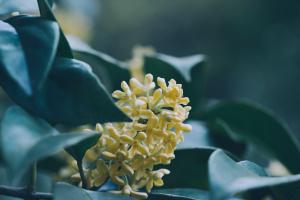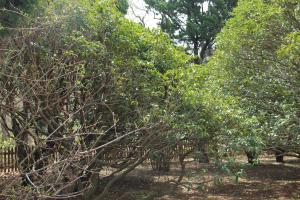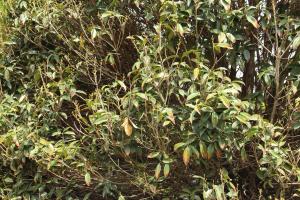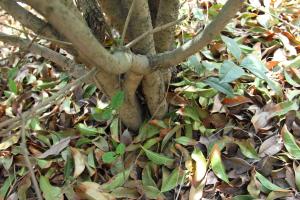Daily maintenance of Osmanthus fragrans
1. What soil is better for potted osmanthus?
For Osmanthus fragrans, the most suitable soil environment is slightly acidic, preferably 5.5 ~ 6.5, and rich in humus. Humus soil, garden soil and river sand are generally used for configuration, with a ratio of 3:5:1. If there is no river sand, it can also be replaced by sand
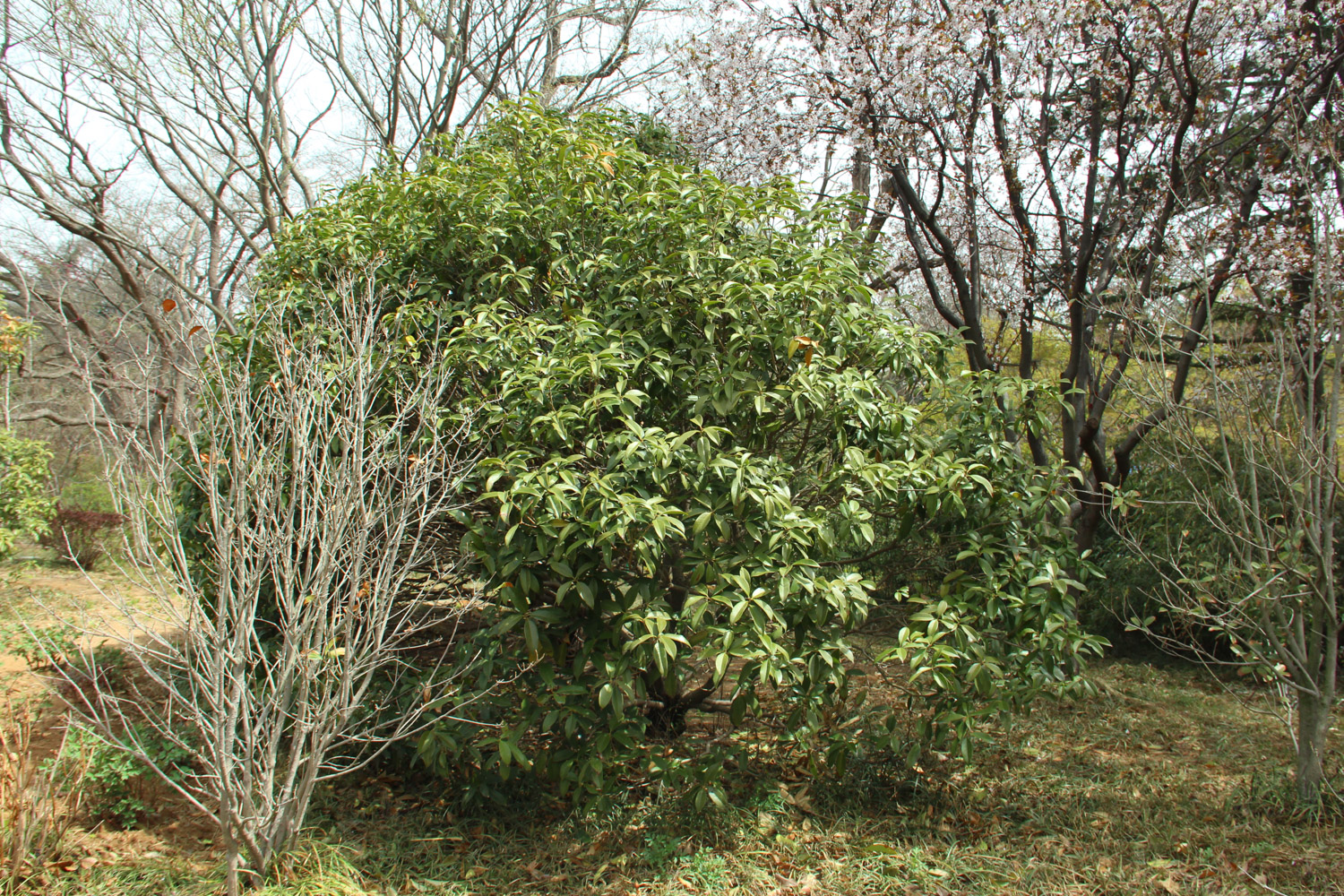
PS: it's best to sterilize the culture soil before loading. You can use potassium permanganate solution or sunlight
2. What kind of flowerpot is good
According to the growth needs of Osmanthus fragrans, the principle of selecting flower pots is that the drainage and air permeability are excellent, and the tile pots can be used
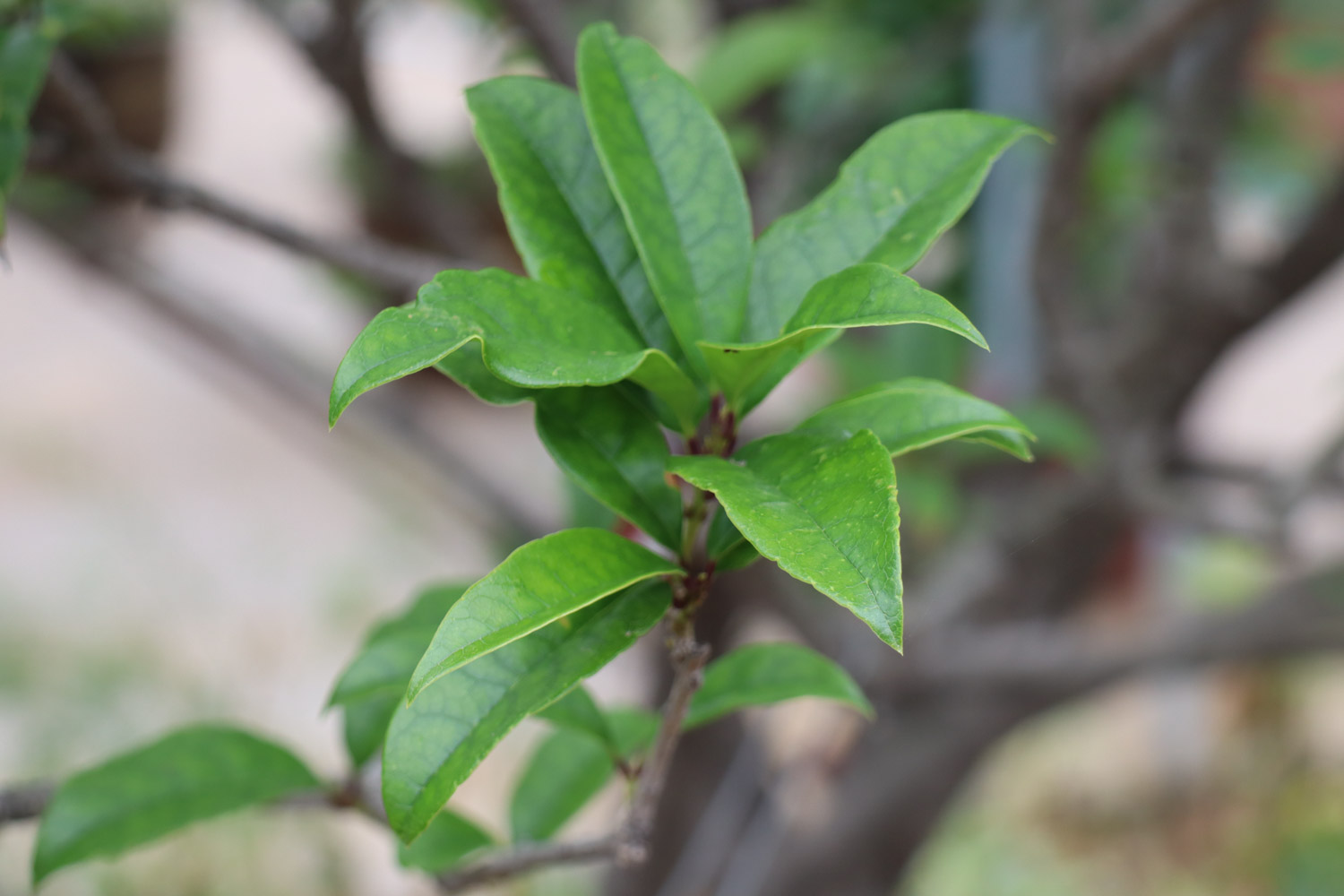
3. Do you want to change the basin? How often
Osmanthus potted plants need to change pots, because the nutrition of the cultivated soil in the pots is limited. If the pots are not changed for a long time, the growth of Osmanthus will be limited. Generally, the basin needs to be changed once a year or two. It is best to change the basin in early spring

4. How to water osmanthus
Remember three specific periods of time and don't worry about watering. When sweet scented osmanthus sprouts, water less in rainy seasons and more in summer and autumn. After watering in the morning in summer and checking in the evening, if it is found that the basin soil is dry, it should be watered again, but pay attention not to ponding. It is usually watered every three or five days
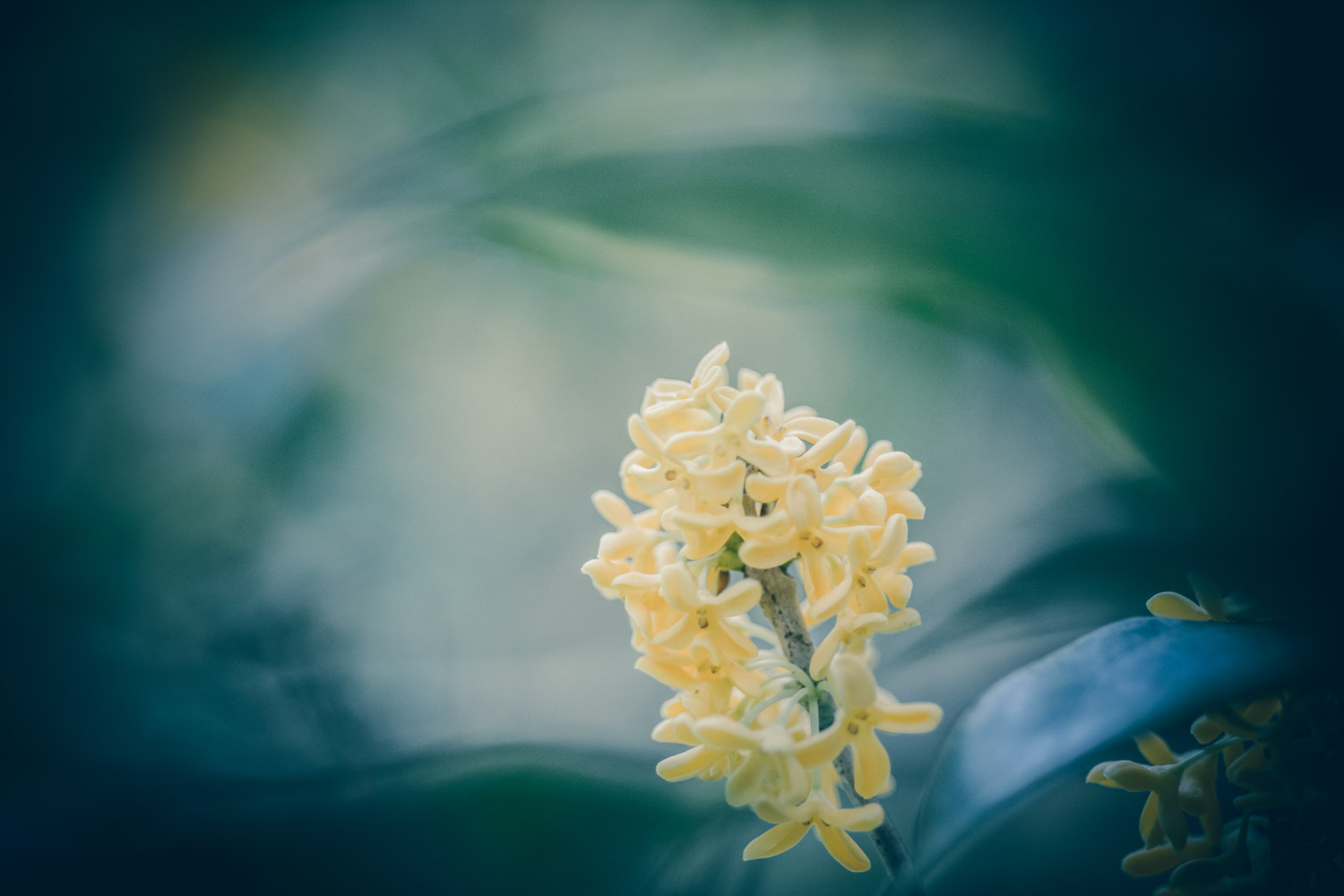
5. How to fertilize Osmanthus fragrans
Fertilize osmanthus after sprouting in spring, and apply thin cake fertilizer water to the flowers every ten days. In summer, change to compound organic fertilizer in July and August and phosphate fertilizer in September, which is conducive to promoting the blooming of Osmanthus fragrans
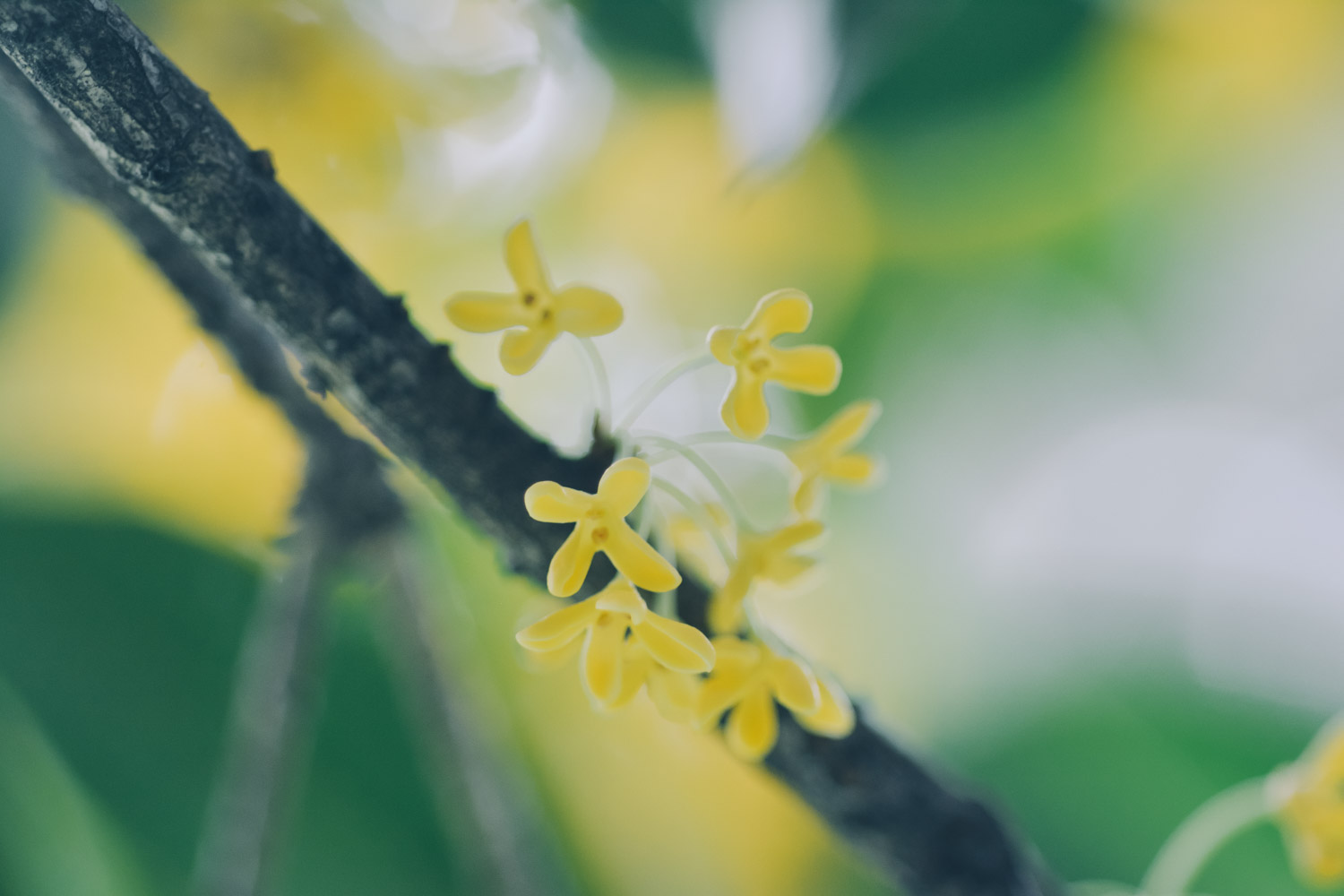
6. Do you want to trim osmanthus? How to trim
The potted osmanthus is shorter and stronger. It looks good only after flowering, so it needs to be trimmed
Before trimming:
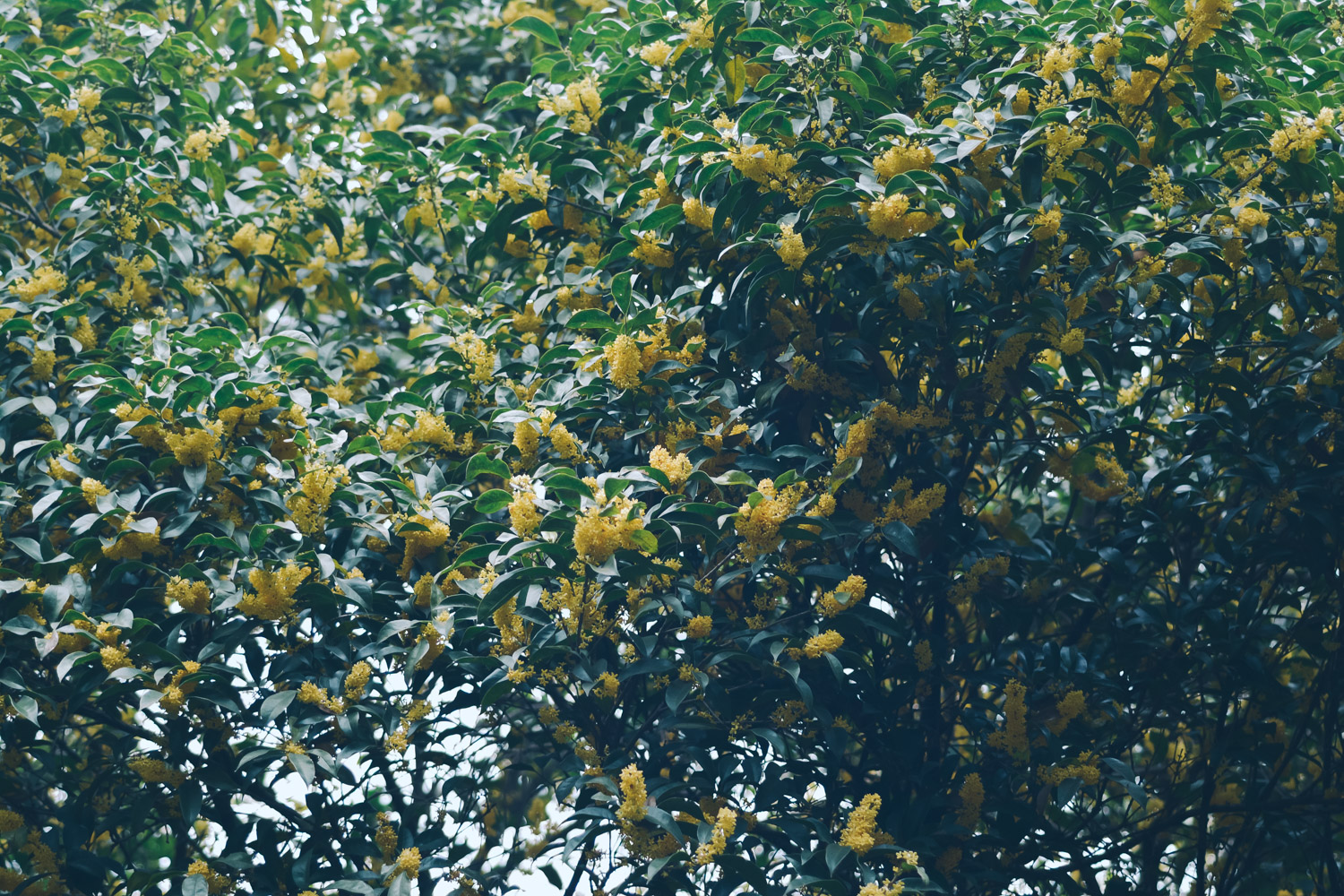
After trimming:
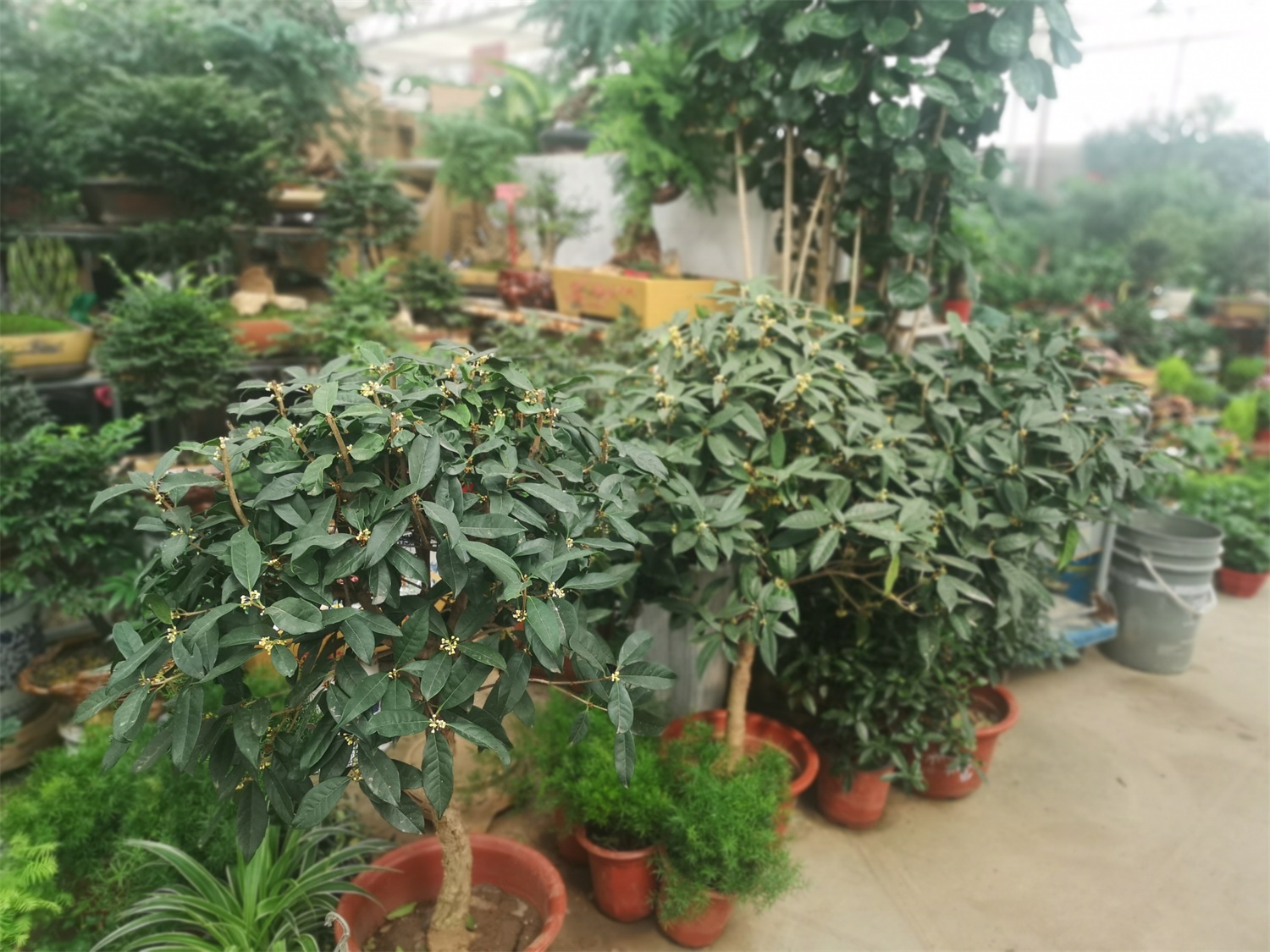
It can be trimmed twice a year. The first time is in autumn. After flowering, the bare branches of the plant shall be cut short, and the overly dense and long branches shall be cut off according to the growth trend. The second time is to cut the withered branches and sweet scented osmanthus before they sprout
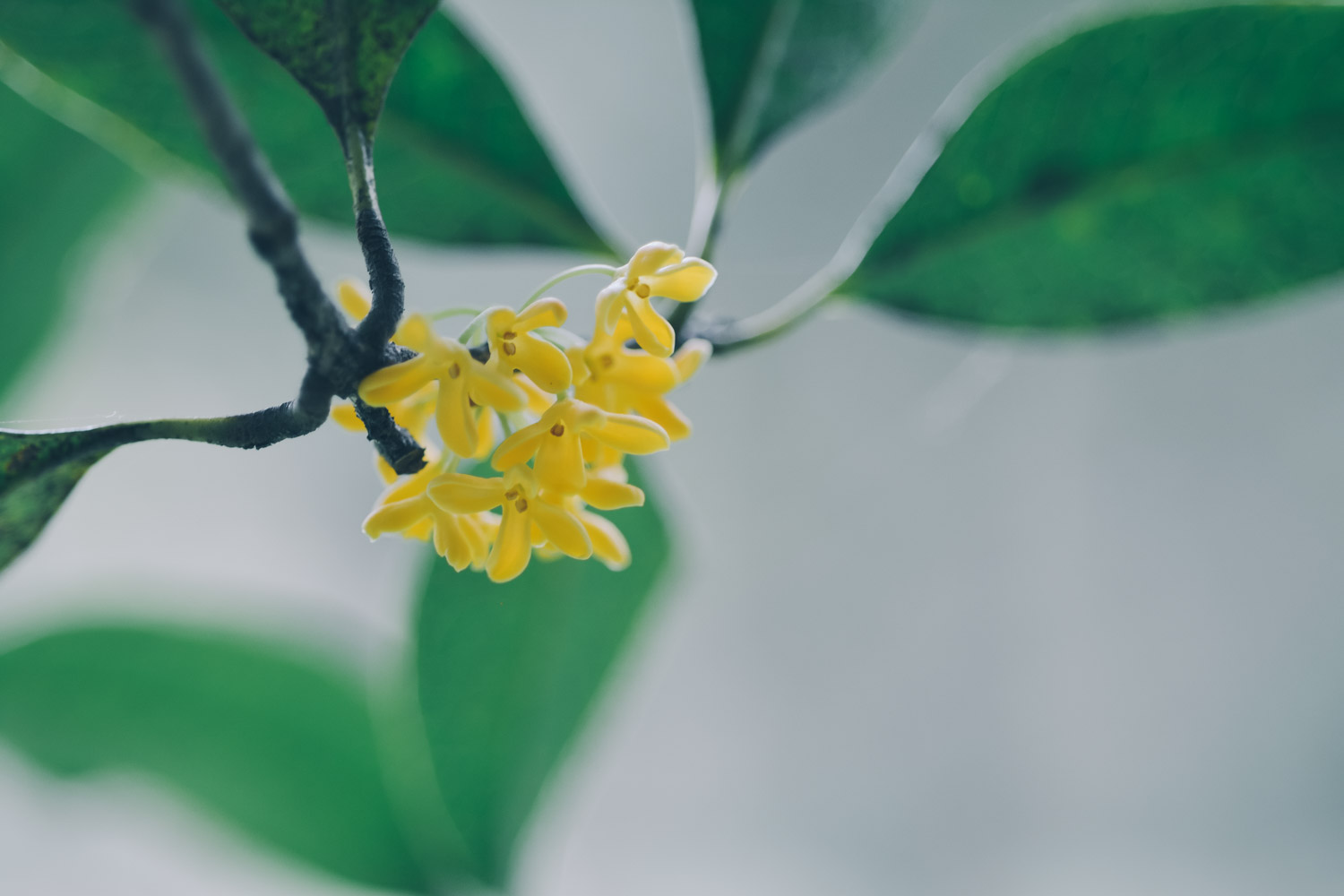
Osmanthus yellow leaves how to do
A look at watering
Osmanthus fragrans is a flower that is afraid of waterlogging. Once there is ponding, its leaves will turn yellow and even fall. Therefore, we must pay attention to the watering of Osmanthus fragrans. If we don't do it, we should water it thoroughly
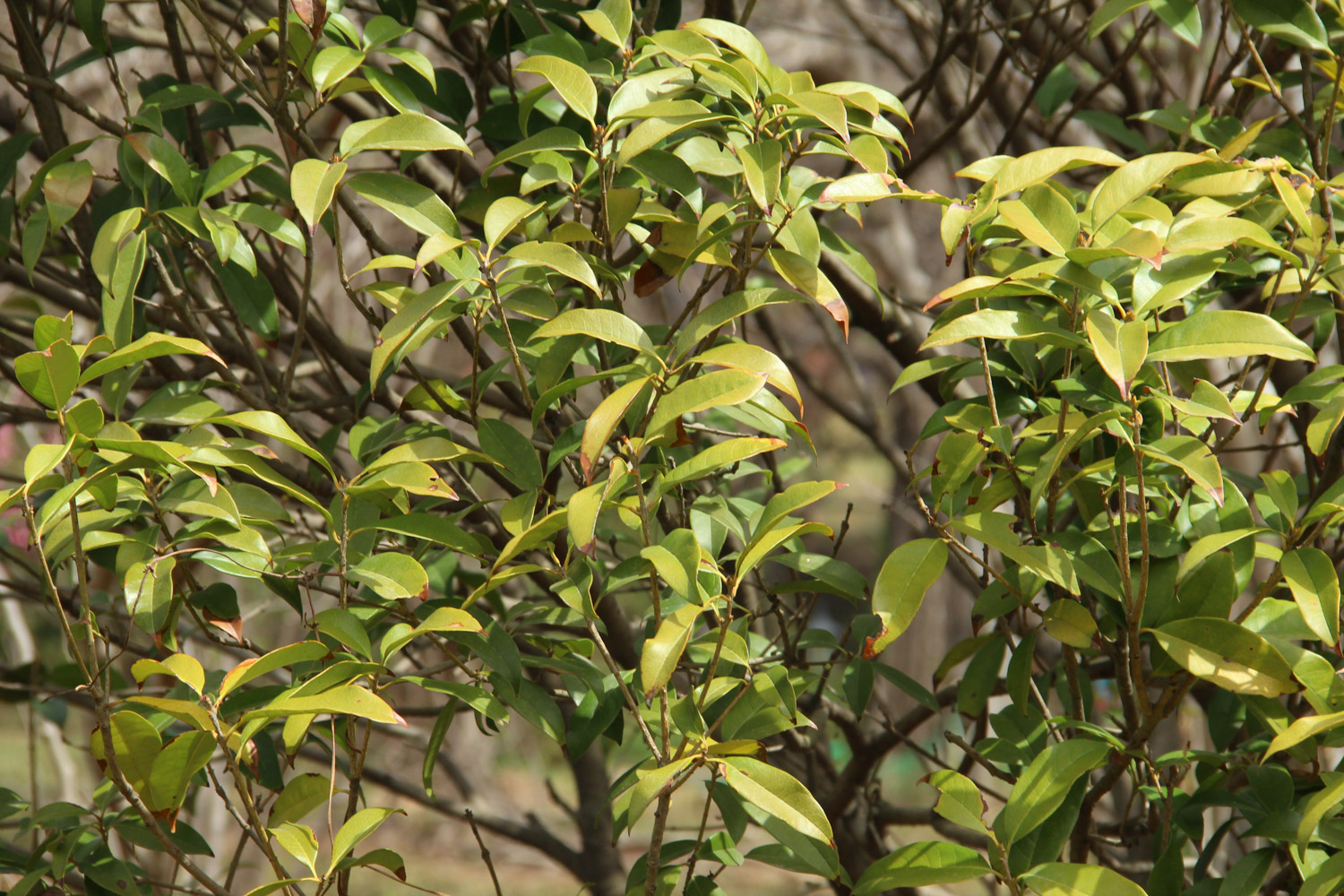
Second, look at fertilization
If Osmanthus fragrans is not fertilized for a long time, it is likely to have insufficient fertility and yellow leaves. Therefore, during the growth period of Osmanthus fragrans, we should regularly apply some nitrogen fertilizer to Osmanthus fragrans to promote the growth of branches and leaves
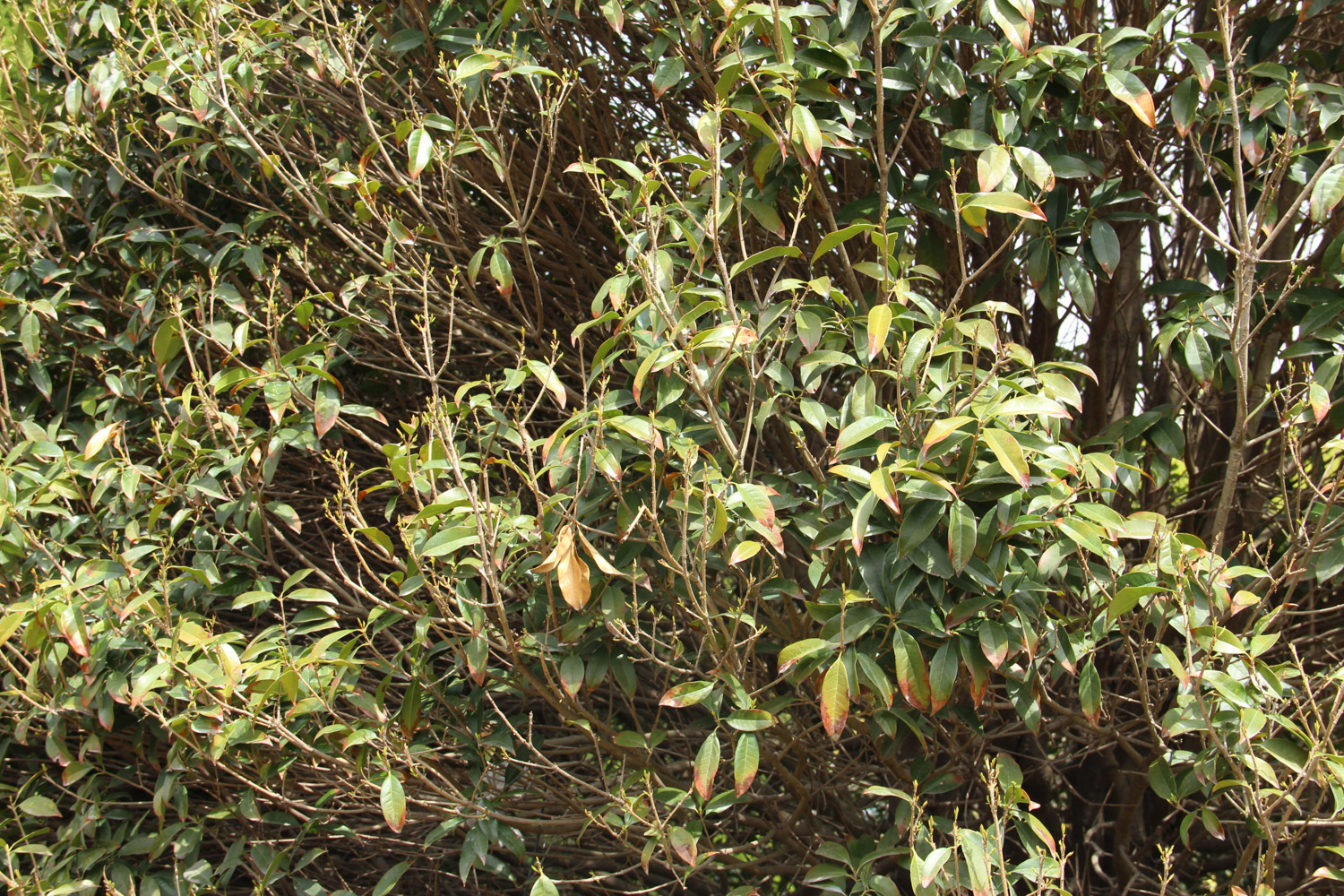
Third, look at ventilation
When the environmental ventilation conditions are poor, plants are prone to be infected by diseases. The most common manifestation is that the leaves of Osmanthus fragrans are yellow and black. Therefore, pay attention to maintaining good ventilation
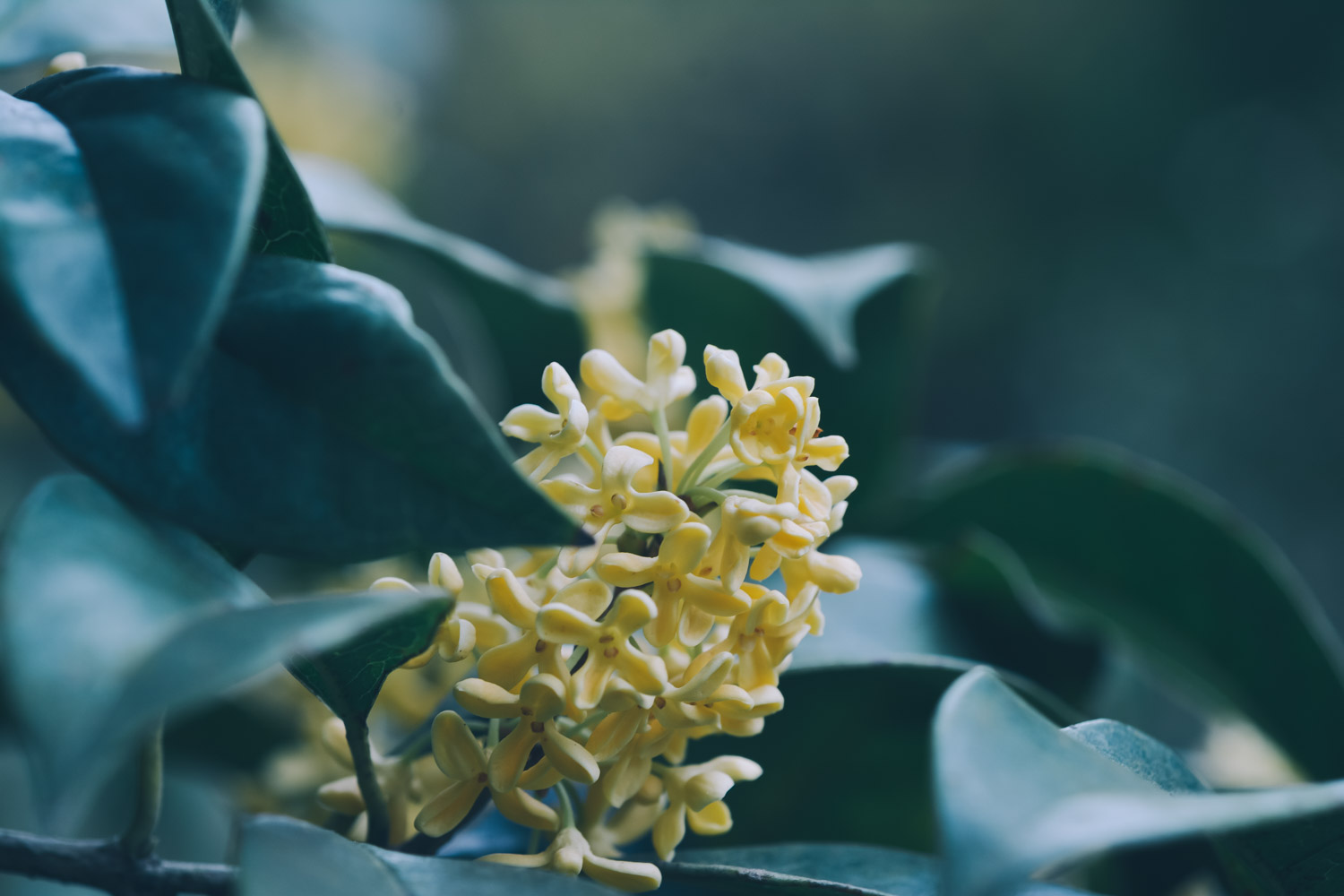
What if the sweet scented osmanthus is dry and sharp
Look at the light
Compared with other flowers, Osmanthus fragrans prefer Yang. Lack of light for a long time will cause the leaves of Osmanthus fragrans to turn yellow and dry. Therefore, it is best to keep Osmanthus fragrans in a place with good light
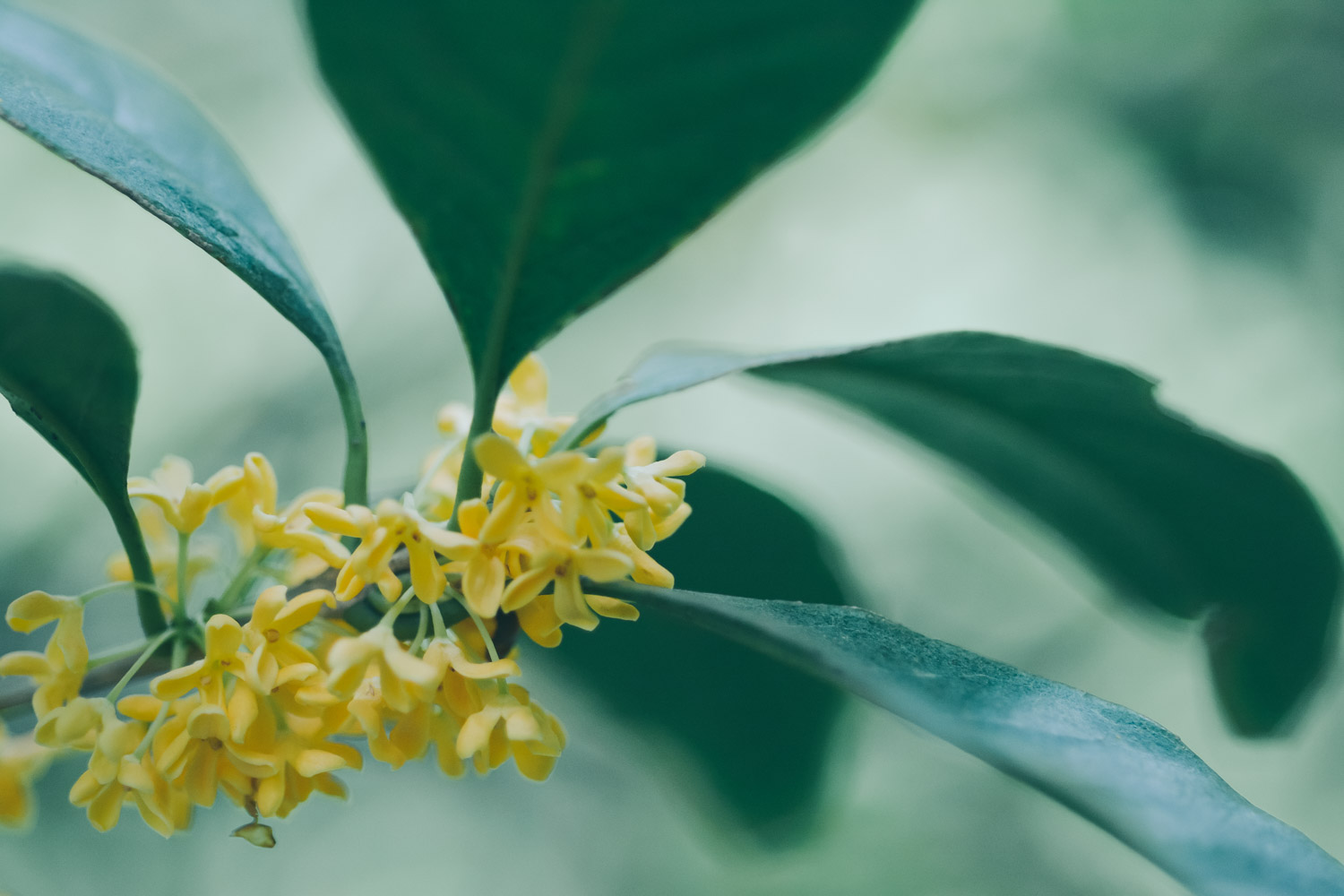
Second, look at the humidity
If the environmental humidity at the location of flower friends is relatively low, it will also cause the phenomenon of dry tip of Osmanthus leaves. At this time, you should pay attention to shading and spray water on the plant to moisturize
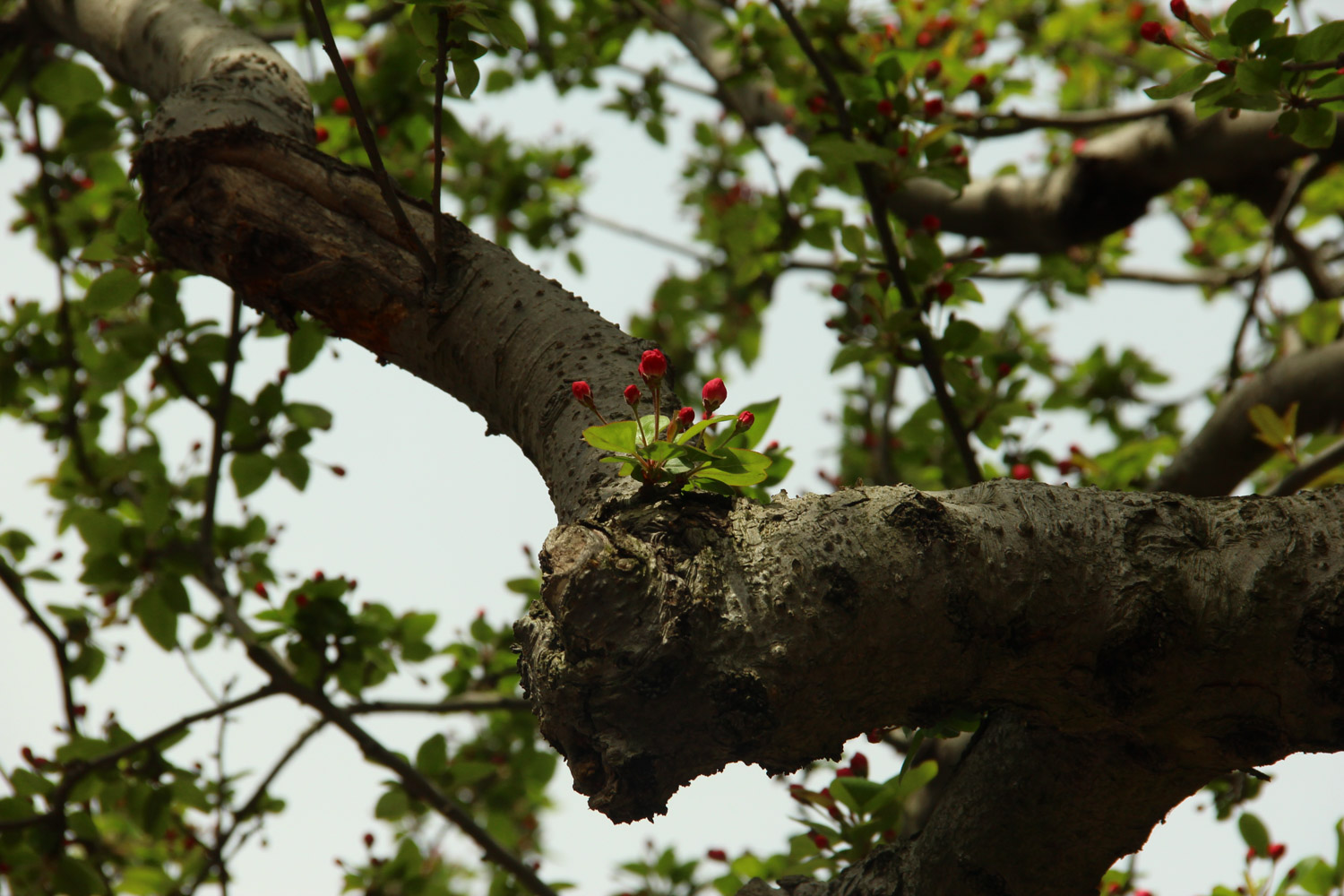
Third, look at the temperature
The suitable temperature for the growth of Osmanthus fragrans is about 20 degrees. If the temperature is lower than 10 degrees or as high as 30 degrees, it will cause yellow leaves of Osmanthus fragrans. Therefore, pay attention to moisturizing and cooling in summer and do a good job in cold prevention in winter
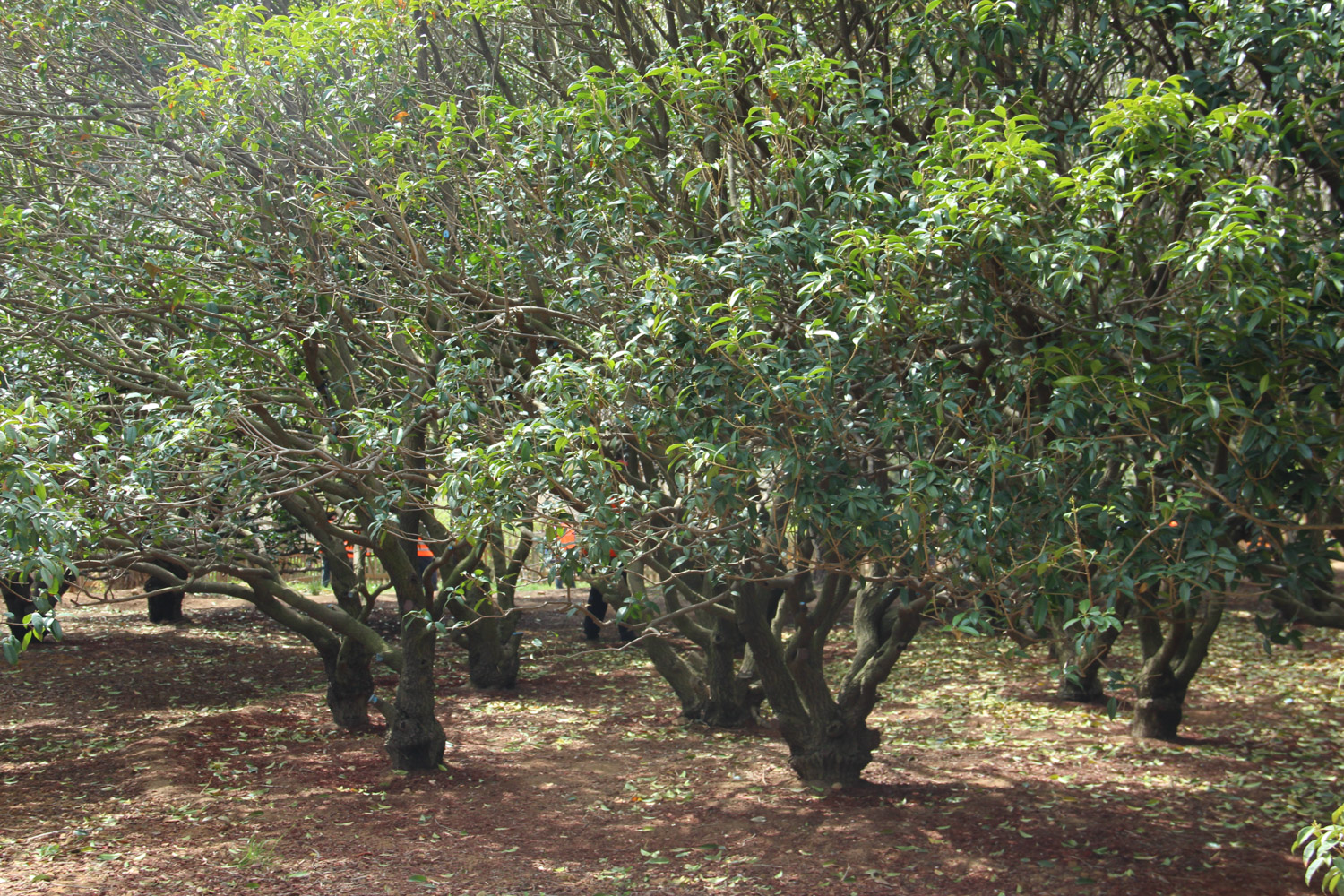

 how many times do yo...
how many times do yo... how many planted tre...
how many planted tre... how many pine trees ...
how many pine trees ... how many pecan trees...
how many pecan trees... how many plants comp...
how many plants comp... how many plants can ...
how many plants can ... how many plants and ...
how many plants and ... how many pepper plan...
how many pepper plan...

